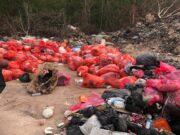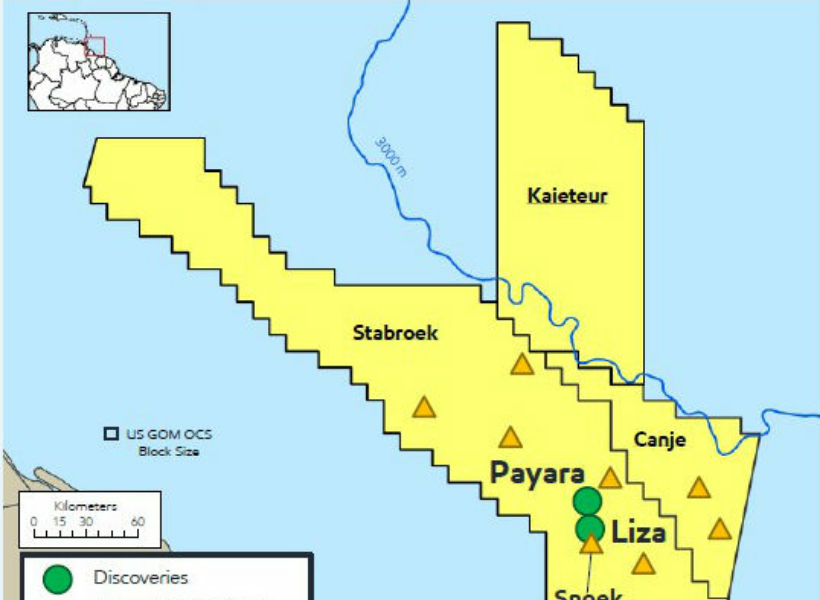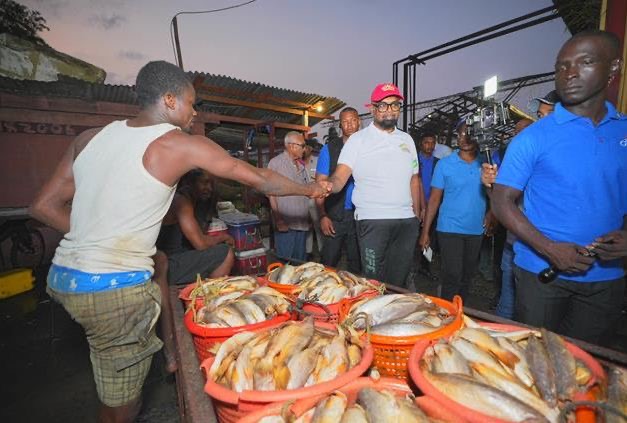The Food and Agriculture Organisation (FAO) has concluded in its study on low fish catches in Guyana, that oil and gas activities is not the cause of declining stock.
The document titled “Potential causes for reported low fisheries catches in Guyana in 2020 – 2021: a preliminary assessment,” indicates that the decline in seabob shrimp production may be influenced by environmental factors beyond direct fisheries management control. However, FAO explained that excessive fishing pressure appears to be the primary cause of the gradual decline in artisanal finfish production over the past two decades.
It also deemed external factors such as loss of mangrove habitats, sand extraction, dredging, and offshore oil and gas exploration and exploitation to not be significant contributors to the coastal fisheries decline in recent years.
Notably, it was stated, “While the above hypotheses might not hold the same weight in the future, they are more plausible based on the data and information currently at hand.”
FAO also addressed concerns by fishing communities in Guyana who reported unusually low catches in 2020 and 2021, attributing the decline to oil and gas exploration and those who suggest that factors like overfishing, freshwater influx into nearshore waters, and bilge water discharge by ships, can be impacting fisheries production.
Addressing perceptions regarding the potential impact of offshore oil and gas activities on the fisheries industry, FAO referenced a global review which identifies various forms of impacts that offshore oil and gas developments may have on fisheries resources, including physical habitat alteration, pollution, and climate change effects.
“Currently, there are no major construction activities associated with the oil and gas sector in Guyana that are directly affecting marine or coastal habitats. Oil is being exploited from drillships or floating production platforms rather than permanent rigs, and no pipelines are being used or are under construction,” it was stated. To this end, it was added that the floating drilling rigs might serve as aggregation points for pelagic fishes.
Another point made by FAO is that the current oil and gas-related activities are taking place far offshore, well beyond the major fishing zones on the continental shelf. The study states that light and sound pollution, will only directly affect areas where oil and gas exploration and exploitation take place, which is far offshore and well beyond the major fishing areas.
As for air pollution, including from gas flaring, it was explained that it can only affect coastal areas and ecosystems through acid rain and heavy metals. To this end, FAO said, “Again, due to the offshore nature of the oil and gas operations in Guyana, these are not considered to have any direct effect on coastal ecosystems and nearshore fisheries.”
The study also considered that activities in all phases of development contribute to greenhouse gas emissions exacerbating climate change.
Though climate change affects ocean ecosystems in various ways, FAO stated that it is currently unclear what is the net impact of climate change on Guyana’s marine ecosystems and fisheries.
“While the observed declines in fisheries production (especially seabob) might be indirectly linked to climate change, this cannot be linked directly to the recent oil and gas developments off Guyana,” it was noted.













